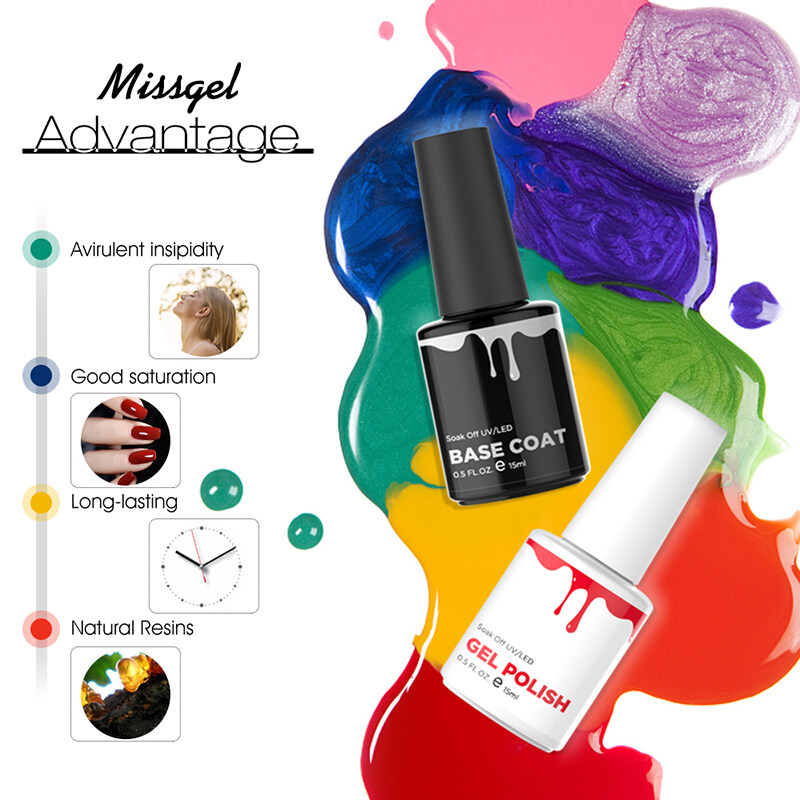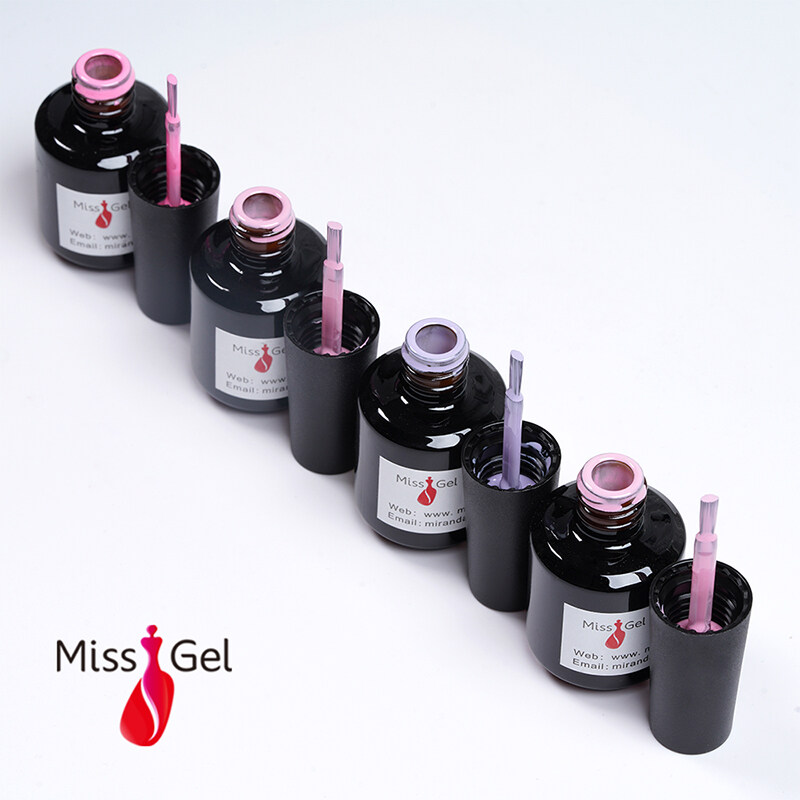Error de formato de correo electrónico
emailCannotEmpty
emailDoesExist
pwdLetterLimtTip
inconsistentPwd
pwdLetterLimtTip
inconsistentPwd


Nail polish is a popular cosmetic product used by millions of people worldwide. However, concerns about the potential toxicity of certain nail polish ingredients have arisen in recent years. In this blog post, we will explore how to judge whether a nail polish is non-toxic or not. By following these guidelines, you can make informed choices and prioritize your health and well-being.
Understanding Toxic Ingredients
To determine the non-toxicity of nail polish, it is crucial to familiarize yourself with potentially harmful ingredients commonly found in nail polish formulations. Some of these ingredients include formaldehyde, toluene, dibutyl phthalate (DBP), and camphor. These chemicals have been associated with various health risks, including respiratory issues, hormonal disruptions, and allergic reactions.
How to Choose the Non-toxic Nail Polish?
1. Reading Labels ✔️
One of the easiest ways to assess the non-toxicity of nail polish is by reading the product labels. Look for nail polishes that explicitly state they are “3-free,” “5-free,” or “10-free.” These terms indicate that the nail polish is free from the most common toxic ingredients. The higher the number, the more potentially harmful chemicals are excluded from the formulation.
2. Researching Brands ✔️
Conducting research on different nail polish brands can provide valuable insights into their commitment to non-toxic formulations. Look for brands that prioritize transparency and provide detailed information about their ingredients. Reputable brands often undergo third-party testing to ensure their products are free from toxic substances. Online reviews and customer feedback can also help gauge the overall safety and non-toxicity of a brand’s nail polish range.
3. Certifications and Seals ✔️
Certain certifications and seals can serve as indicators of a nail polish’s non-toxicity. Look for products that have been certified by recognized organizations such as Leaping Bunny, PETA, or the Environmental Working Group (EWG). These certifications demonstrate a brand’s commitment to cruelty-free practices and the exclusion of toxic ingredients.
4. Avoiding Specific Chemicals ✔️
Apart from the common toxic ingredients mentioned earlier, there are additional chemicals you should be cautious about. Avoid nail polishes containing ethyl tosylamide, formaldehyde resin, xylene, and parabens. These chemicals have been linked to various health concerns and are best avoided to ensure non-toxicity.
5. Checking for Allergen-Free Formulations ✔️
If you have sensitive skin or allergies, it is essential to choose nail polishes that are formulated without common allergens. Look for products labeled as hypoallergenic or suitable for sensitive skin. These formulations are less likely to cause adverse reactions and are generally considered safer.
6. Seeking Natural and Organic Options ✔️
Consider exploring natural and organic nail polish options. These products are typically made from plant-based ingredients and exclude harmful chemicals. Look for nail polishes that are water-based, as they tend to be gentler on nails and cuticles.

Conclusion
Determining the non-toxicity of nail polish requires careful consideration of ingredients, brand reputation, certifications, and personal preferences. By following the guidelines outlined in this blog post, you can make informed choices and prioritize your health. Remember, it is essential to prioritize your well-being and choose nail polishes that align with your values and safety concerns.
Our nail polish are all from non-toxic ingredients, please trust us that we can wholesale nail polish to you with the most reasonable price and high quality nail polish! Quickly contact with us!